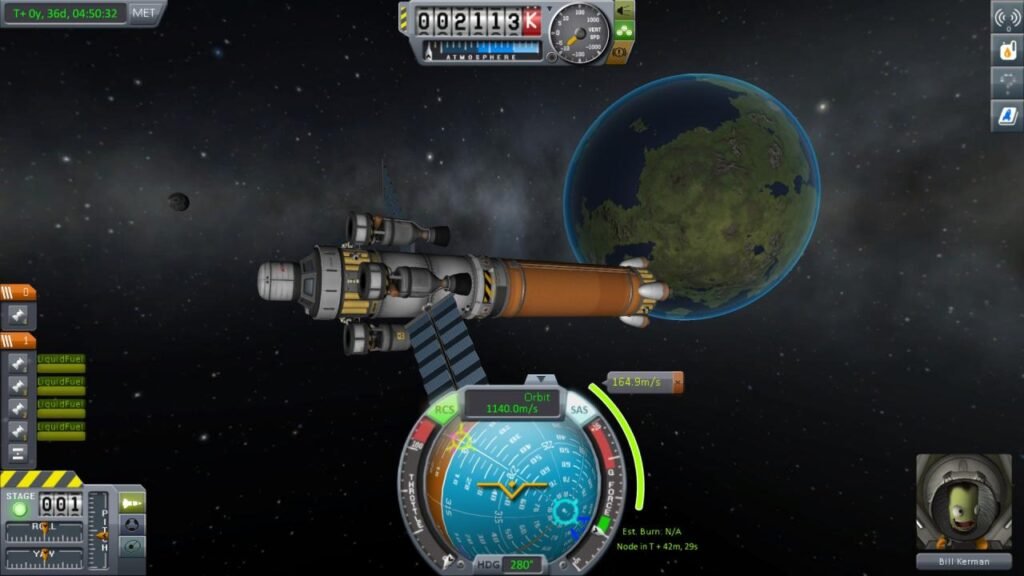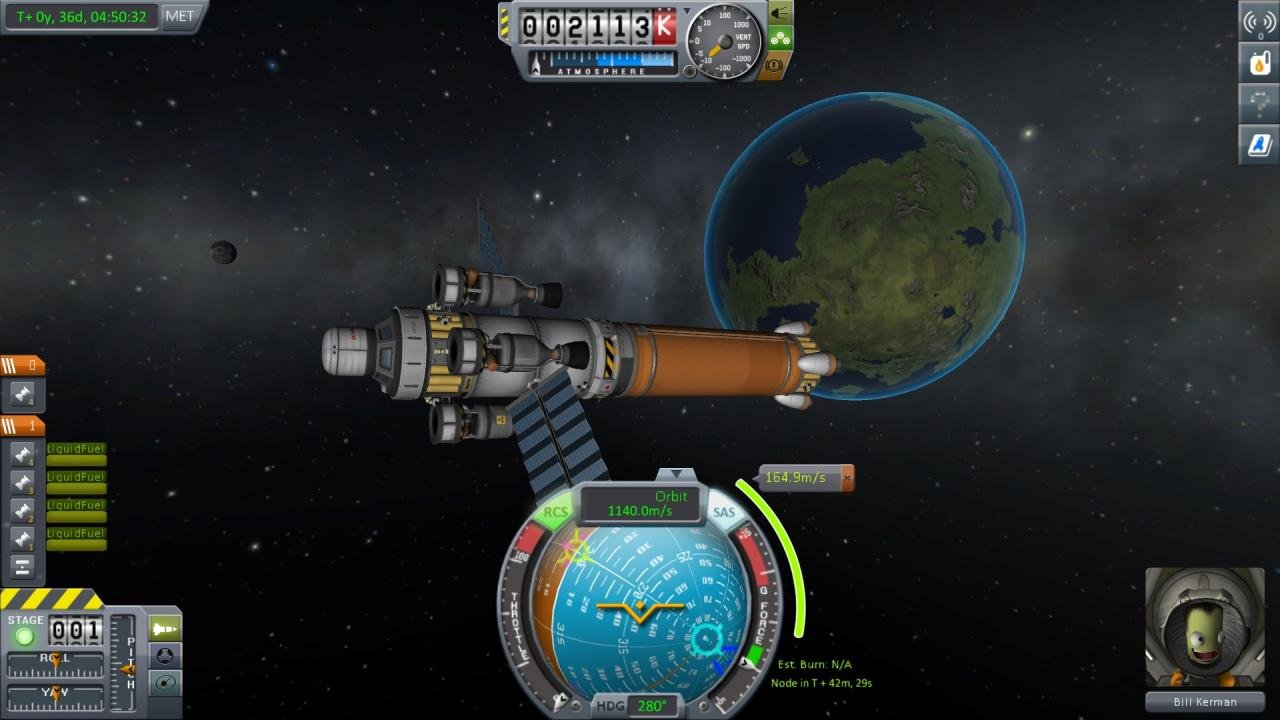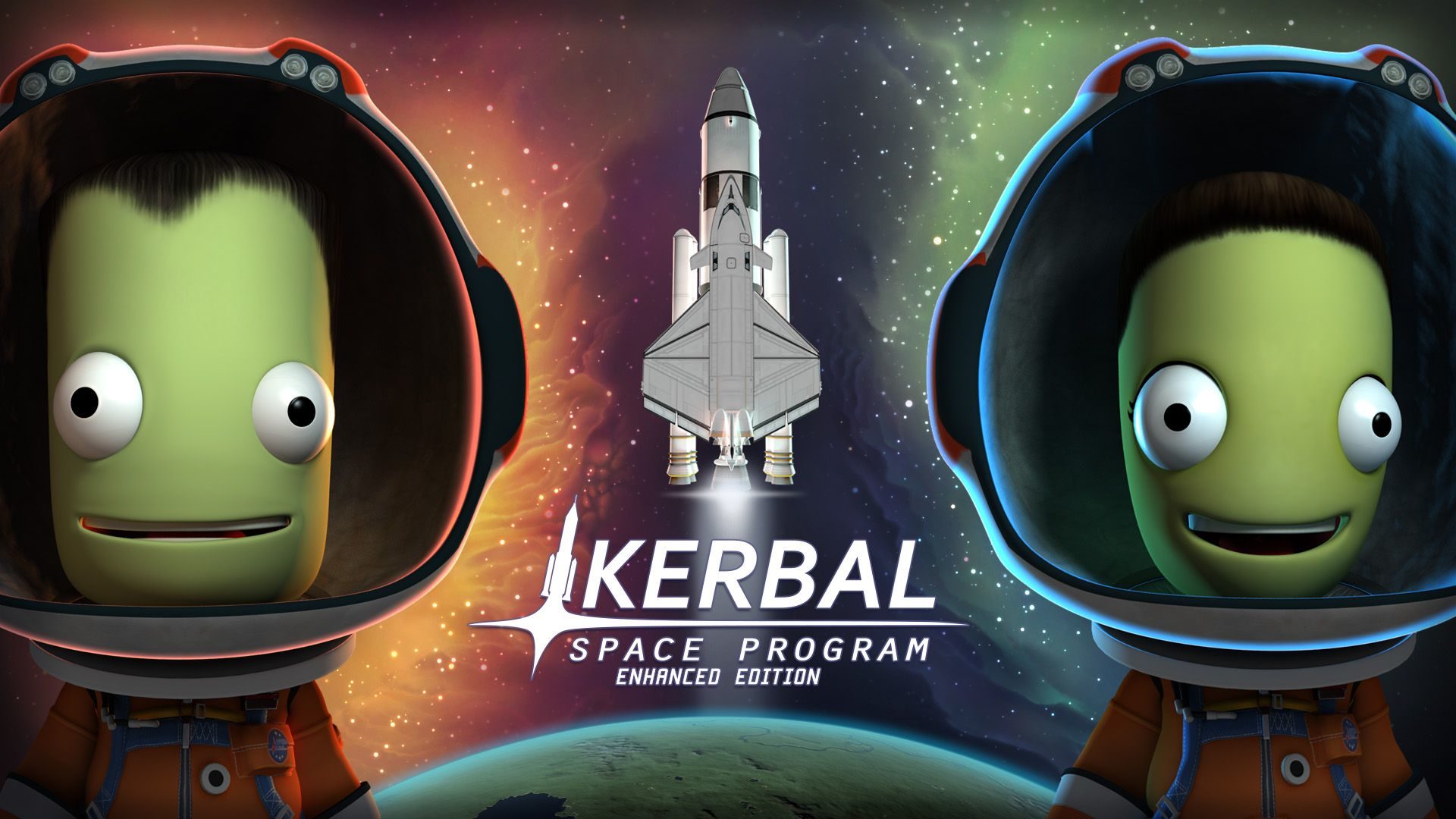
Kerbal Space Program: A Journey to the Stars, One Rocket at a Time
Related Articles
- Hearts Of Iron III: A Grand Strategy Masterpiece
- Dragon Ball FighterZ: A Comprehensive Guide To Mastering The Ultimate Fighting Game
- Imperator: Rome: A Grand Strategy Guide To Conquer The Ancient World
- Stronghold Crusader HD: A Timeless Classic Reforged
- Tekken 5: A Legacy Of Fists And Fury
Introduction
Discover everything you need to know about Kerbal Space Program: A Journey to the Stars, One Rocket at a Time
Kerbal Space Program: A Journey to the Stars, One Rocket at a Time

Introduction
Kerbal Space Program (KSP) isn’t your typical space exploration game. It’s not about epic battles, resource management, or intricate storytelling. It’s about the sheer joy of building, launching, and controlling rockets, spacecraft, and even planes, all within the confines of a delightfully whimsical, physics-based sandbox.
KSP’s charm lies in its accessibility. It’s a game that can be enjoyed by anyone, from casual players seeking a relaxing building experience to hardcore engineers craving the ultimate challenge. It’s a game where failure is as much a part of the learning process as success, and every launch, even the disastrous ones, provides valuable lessons for the next attempt.
This article will delve into the captivating world of Kerbal Space Program, providing a comprehensive guide for players of all skill levels. We’ll explore the game’s core mechanics, offer tips and tricks for success, and delve into advanced strategies for those seeking to push the boundaries of space exploration.
Gameplay
At its core, KSP is a game about building and launching spacecraft. Players start with a rudimentary set of parts, including engines, fuel tanks, and control modules. These parts can be assembled into rockets, planes, and even satellites, all with the goal of achieving various objectives.
The game’s primary gameplay loop revolves around the following steps:
- Design and Construction: Players utilize a user-friendly interface to build their spacecraft. Parts are easily snapped together, allowing for a wide range of configurations.
- Launch and Flight: Once a craft is built, it’s time for launch. Players control the spacecraft through various flight controls, managing thrust, pitch, yaw, and roll.
- Mission Objectives: KSP offers a variety of missions, ranging from simple orbital flights to complex interplanetary journeys. These missions provide a sense of purpose and challenge, pushing players to refine their design and piloting skills.
- Science and Research: As players explore the Kerbol system, they collect scientific data, which can be used to unlock new technologies and parts. This research system adds a layer of depth and progression to the game.

Walkthrough: A Beginner’s Guide to Space Exploration
- Starting Out: Begin by familiarizing yourself with the game’s interface and the basic parts available. The VAB (Vehicle Assembly Building) is where you’ll construct your spacecraft, while the SPH (Spaceplane Hangar) is used for building aircraft.
- Basic Rocket Design: Start with a simple design: a single engine, a fuel tank, and a command pod. Ensure the engine is positioned below the fuel tank for stability.
- Launching Your Rocket: Use the WASD keys for pitch, yaw, and roll control. The throttle can be controlled with the spacebar.
- Reaching Orbit: Aim for a vertical ascent initially, then gradually tilt your rocket towards the horizon to achieve orbital velocity.
- Landing Safely: Use the RCS thrusters for precise maneuvering during descent.
- Exploring the Kerbin System: Once in orbit, you can use your spacecraft to explore the Kerbin system, including the Mun, Minmus, and other celestial bodies.
- Unlocking New Technologies: Collect scientific data by deploying experiments on various planets and moons. This will unlock new technologies and parts, allowing you to build more advanced spacecraft.
Tips and Tricks for Success
- Symmetry is Key: Utilizing the symmetry tool in the VAB helps create balanced and stable spacecraft.
- Pay Attention to Weight Distribution: Placing heavier components closer to the center of gravity improves stability.
- Use RCS Thrusters: RCS thrusters provide precise control for maneuvering in space.
- Don’t Be Afraid to Experiment: KSP encourages experimentation. Try different designs and approaches to find what works best for you.
- Use the Debug Menu: The debug menu (accessed by pressing Alt+F12) offers various tools, such as infinite fuel and time acceleration, for testing and troubleshooting.
- Learn from Your Failures: KSP is about learning from mistakes. Analyze your crashes and explosions to understand what went wrong and improve your next design.
- Join the Community: The KSP community is incredibly active and supportive. Seek help, share your creations, and learn from other players.
Advanced Strategies: Pushing the Boundaries
- Interplanetary Travel: Designing spacecraft capable of reaching other planets and moons requires careful planning and understanding of orbital mechanics.
- Landing on Other Planets: Precise landing maneuvers are essential for successful landings on other planets.
- Building Space Stations: Constructing modular space stations in orbit allows for extended research and exploration.
- Creating Spaceplanes: Design reusable spaceplanes that can take off and land vertically, allowing for more efficient transport between planets.
- Utilizing Mods: Mods expand the game’s capabilities, adding new parts, missions, and features.
Conclusion
Kerbal Space Program is more than just a game; it’s a journey of discovery, innovation, and endless possibilities. It’s a game that rewards patience, persistence, and a willingness to embrace failure as a learning opportunity. Whether you’re a casual player or a seasoned space enthusiast, KSP offers a unique and rewarding experience that will keep you coming back for more.
Frequently Asked Questions
Q: What are the system requirements for Kerbal Space Program?
A: KSP has modest system requirements. You can find the latest requirements on the official website or on Steam.
Q: Is Kerbal Space Program difficult to learn?
A: While the game has a steep learning curve, it’s designed to be accessible to players of all skill levels. The tutorials and online resources provide ample guidance.
Q: Can I play Kerbal Space Program with friends?
A: Yes, KSP supports multiplayer through mods like "Multiplayer Server" and "Kerbal Network."
Q: What are some good mods for Kerbal Space Program?
A: There are countless mods available for KSP, including those that add new parts, missions, and gameplay mechanics. Some popular mods include "Kerbal Engineer Redux," "Real Solar System," and "Better Burn Time."
Q: Is Kerbal Space Program worth buying?
A: If you enjoy building and launching rockets, exploring space, and embracing a challenging yet rewarding experience, then KSP is definitely worth buying.
Source:
Kerbal Space Program Official Website
Closure
Thank you for reading! Stay with us for more insights on Kerbal Space Program: A Journey to the Stars, One Rocket at a Time.
Don’t forget to check back for the latest news and updates on Kerbal Space Program: A Journey to the Stars, One Rocket at a Time!
Feel free to share your experience with Kerbal Space Program: A Journey to the Stars, One Rocket at a Time in the comment section.
Stay informed with our next updates on Kerbal Space Program: A Journey to the Stars, One Rocket at a Time and other exciting topics.

